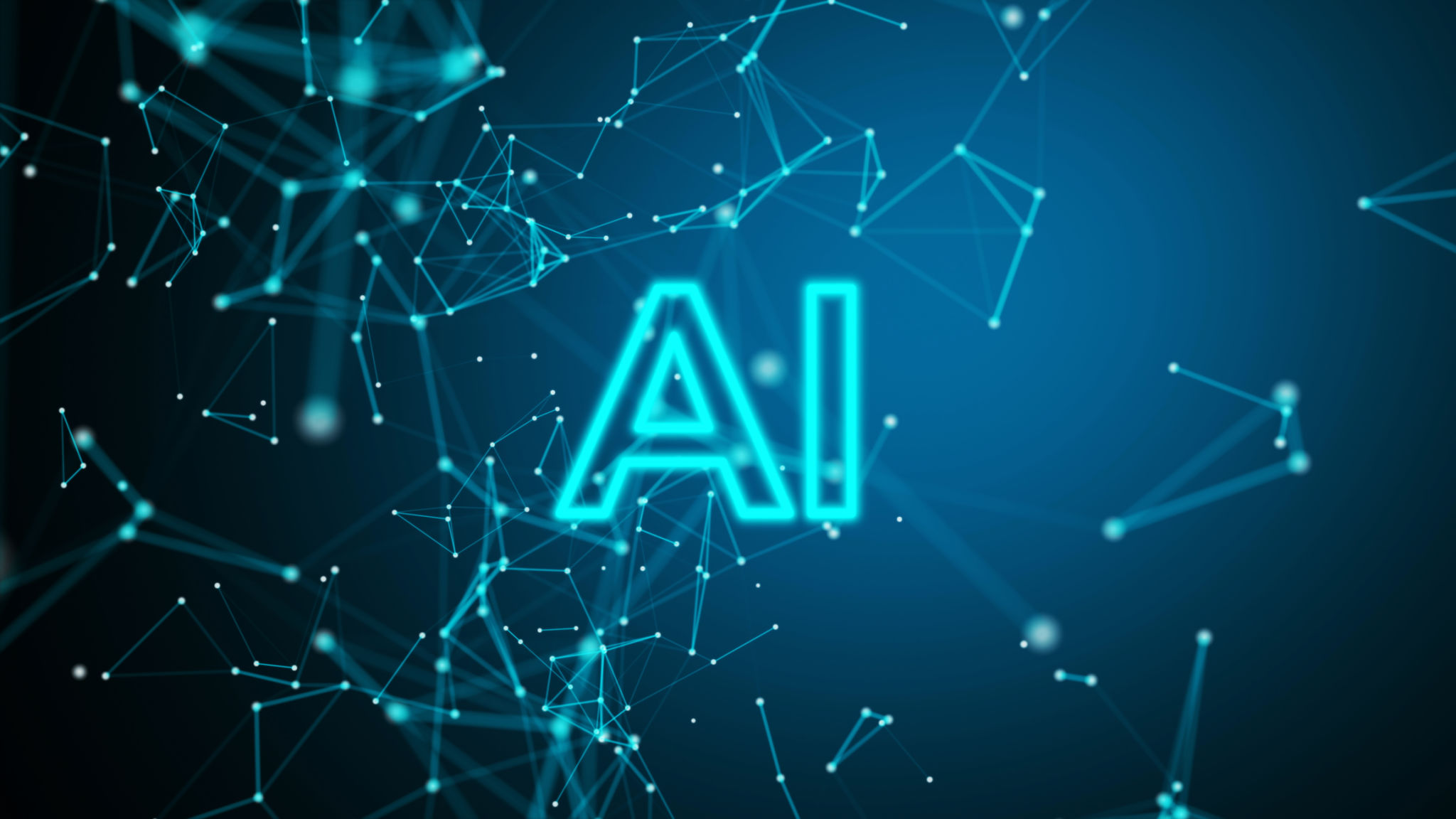How AI Can Revolutionize Your Video Translation Process
Understanding the Role of AI in Video Translation
In an increasingly globalized world, video content has become a powerful medium for reaching diverse audiences. However, language barriers can limit the accessibility and impact of such content. This is where Artificial Intelligence (AI) steps in, offering a revolutionary approach to video translation. By leveraging AI technologies, businesses can efficiently translate video content into multiple languages, ensuring broader reach and engagement.

Efficiency and Speed
One of the most significant advantages of using AI for video translation is the dramatic increase in efficiency and speed. Traditional translation methods can be time-consuming and labor-intensive, often involving multiple rounds of editing and review. AI-powered tools, on the other hand, can automate much of this process. Advanced algorithms can quickly translate audio and text elements within videos, reducing turnaround time from days to mere hours.
This efficiency is particularly beneficial for organizations with a high volume of content or those operating in fast-paced industries. By reducing the time required for translations, businesses can release content simultaneously across different regions, maintaining consistency in messaging and branding.
Improving Accuracy and Consistency
Accuracy is crucial in translation to ensure that the intended message is conveyed correctly. AI has made significant strides in this area, thanks to advancements in natural language processing (NLP) and machine learning. These technologies enable AI systems to understand context, idiomatic expressions, and cultural nuances, which are often challenging for human translators.

Moreover, AI can provide consistency across translations by using standardized terminologies and language models trained on vast datasets. This consistency is vital for maintaining the integrity of brand messaging across different languages, ensuring that viewers receive the same experience regardless of their linguistic background.
Cost-Effectiveness
Implementing AI-driven video translation can lead to significant cost savings. Traditionally, businesses might need to hire multiple translators or rely on expensive translation services, especially for languages that require specialized expertise. With AI, the initial setup costs are offset by the reduced need for human intervention in the translation process.
Furthermore, AI tools can handle large volumes of content without additional costs, making them an attractive option for companies looking to expand their global reach on a budget.

Enhancing Accessibility
AI doesn't just help with language translation; it also enhances accessibility features for video content. For instance, AI can generate real-time subtitles and captions, making videos accessible to individuals who are deaf or hard of hearing. Additionally, AI tools can provide audio descriptions for visually impaired audiences, broadening the inclusivity of video content.
By incorporating these features, businesses can demonstrate social responsibility and expand their audience base, catering to the needs of diverse viewers worldwide.
The Future of AI in Video Translation
As AI technology continues to evolve, its role in video translation is expected to become even more prominent. Future developments may include more sophisticated voice synthesis, enabling videos to feature native-sounding voiceovers in multiple languages. Additionally, integrating AI with other emerging technologies like virtual reality could create immersive experiences that are easily accessible to global audiences.
The potential of AI in video translation is vast, offering businesses an opportunity to connect with audiences on a level that was previously unimaginable. By embracing these innovations, companies can stay ahead in the competitive landscape and ensure their message resonates across borders.